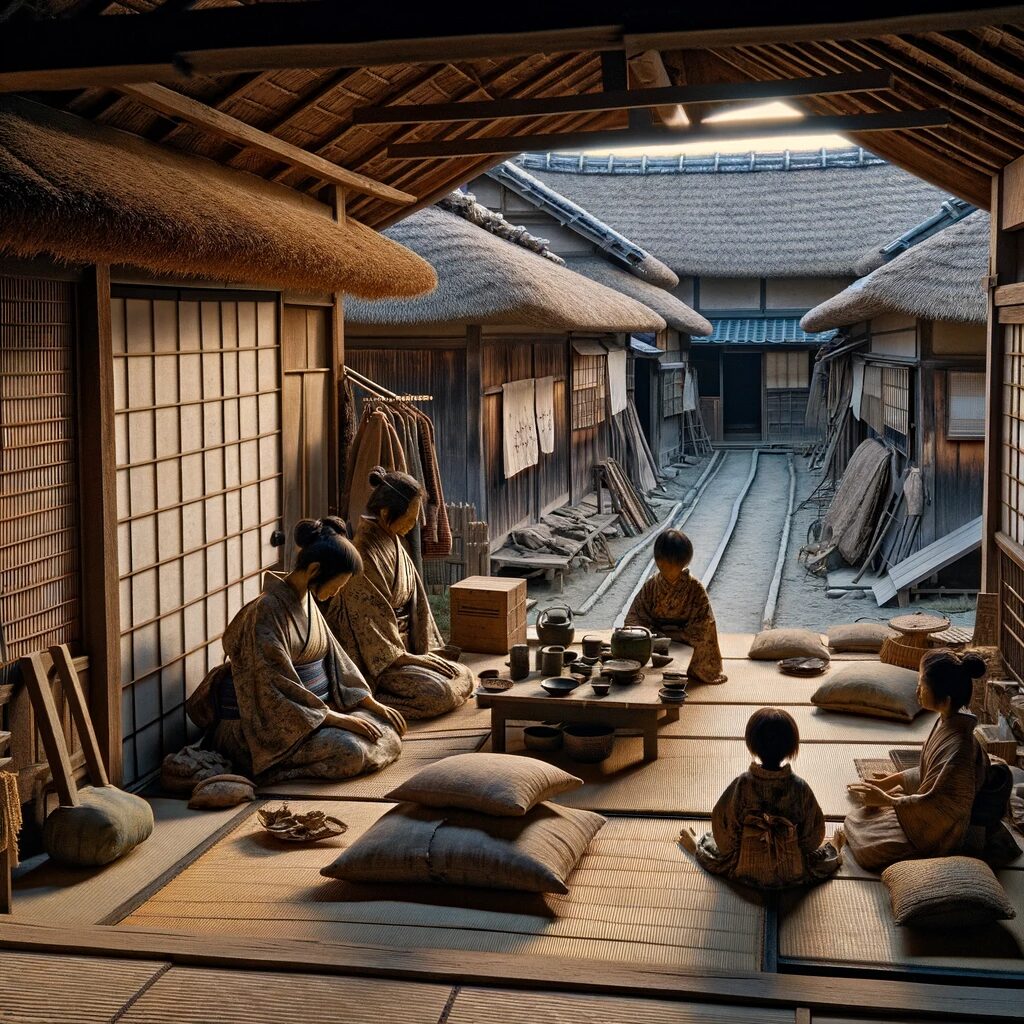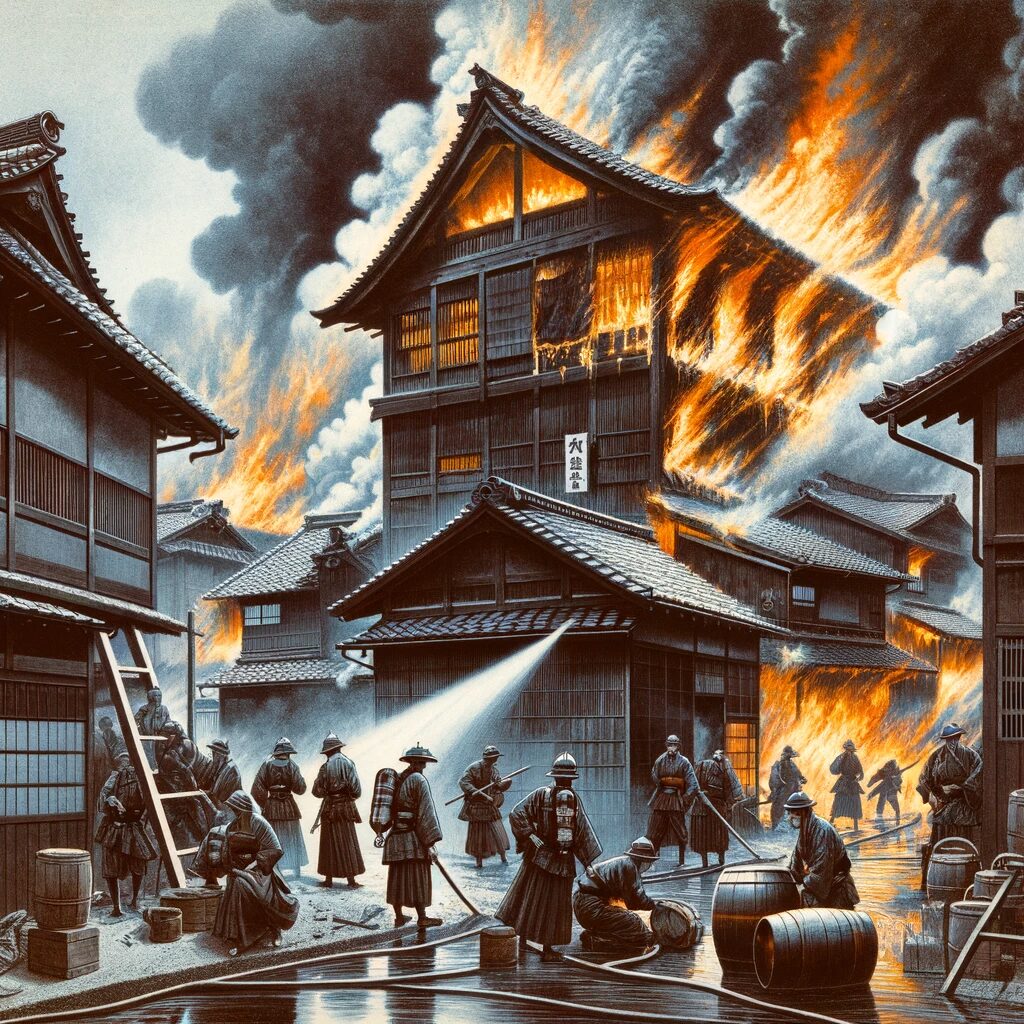Are you familiar with the term "Oiran"? Oiran were women who held the highest rank in the pleasure quarters of Japan during the Edo period. They were renowned for their beauty, talent, and elegance, captivating many men. However, behind their glamorous appearance lay impoverished backgrounds, the harsh reasons for becoming anOoiran, and the grim realities they faced in their lives as Oiran. Let's take a closer look at the upbringing of these women, the reasons they became Oiran, and the difficulties they faced in their lives as Oiran.
Impoverished Backgrounds and the Fate of Being Chosen as an Oiran

In the Edo period in Japan, many women were born into impoverished families. As a result, parents often sold their daughters to pleasure quarters to make ends meet. Girls sold to the pleasure quarters were often younger than 10 years old. Some were even born in the pleasure quarters. Those born and raised in the pleasure quarters were accustomed to the environment from a young age and were destined to follow the path of a courtesan. They were forced to work in the pleasure quarters to repay the debts they were burdened with from a young age. And until the debt was repaid, they were fated not to step outside the pleasure quarters.
The Harsh Road to Becoming a Courtesan

Even after becoming a courtesan, life remained harsh. Being chosen as an Oiran was considered a special honor among courtesans, but the path to attaining this status was by no means easy. To be selected as a candidate for Oiran, one had to possess not only beauty but also skills in dance, music, poetry, and etiquette. This was because the clients of Oiran were not ordinary men but high-ranking individuals such as feudal lords and wealthy merchants, necessitating a corresponding level of culture and education.
Acquiring these skills required rigorous training and a long time, and many women bore significant physical and mental burdens during this process.
Suffering Behind the Glamour

Even after establishing a certain status as an Oiran, their lives were far from easy. The effort and expenses required to maintain high levels of beauty and talent, along with the physical labor for debt repayment, placed a significant mental and physical burden on them. The sanitary conditions were not as good as they are today, making sexually transmitted diseases more prevalent, and once an Oiran contracted a sexually transmitted disease, her popularity could plummet in this harsh world. Additionally, life in the pleasure quarters greatly restricted their freedom, and in many cases, they were not allowed to have contact with the outside world until their debts were fully repaid.
Such a strict and freedom-restricting lifestyle led many courtesans to attempt escape, known as "ashi-nuke." In Tokyo's Yoshiwara pleasure quarter, there were as many as 21 major fires during the Edo period, most of which were caused by courtesans attempting to escape. They tried to use the chaos of the fire to flee. The escape of a courtesan was a major scandal, exposing the management deficiencies of the pleasure quarters and was considered a great shame for the managers. Therefore, if an escape attempt failed, the courtesan would face severe torture, such as being kept awake, starved, tied naked to a tree on cold winter nights, or subjected to unimaginable cruel punishments like being hung from the ceiling with ropes tied to their limbs or beaten with a split bamboo stick until unconscious.
In such harsh living conditions, even as an Oiran, it was said to be difficult to repay the debt by the age of 30.
Marriage as a Means of Liberation

There were also cases where a male client would redeem a courtesan's entire debt, marrying her and thus liberating her from the pleasure quarters. However, since the precondition was to take on all of her debts, the clients who could afford to redeem her were very limited. Only feudal lords or prosperous merchants who met the Oiran as clients possessed the wealth necessary for redemption.
The cost of redeeming an Oiran is said to have been about 40 million yen in today's value, and even the lowest-ranked courtesans required about 2 million yen. Most of the redeemed Oiran became mistresses of the men who paid for them.
Redemption was both a beacon of hope for a new life and a difficult dream to realize for the courtesans. Gaining liberation through this process involved high financial and social hurdles, making it an impossible option for all courtesans.
Summary
We have introduced the harsh and tragic lives of the Oiran, detailing the burden of debt they faced from a young age, the difficulty of escaping the pleasure quarters, the severe punishments for attempted escape, and the process of redemption. Despite their glamorous appearance from the outside, their lives were marked by debt and the loss of freedom from a young age.


